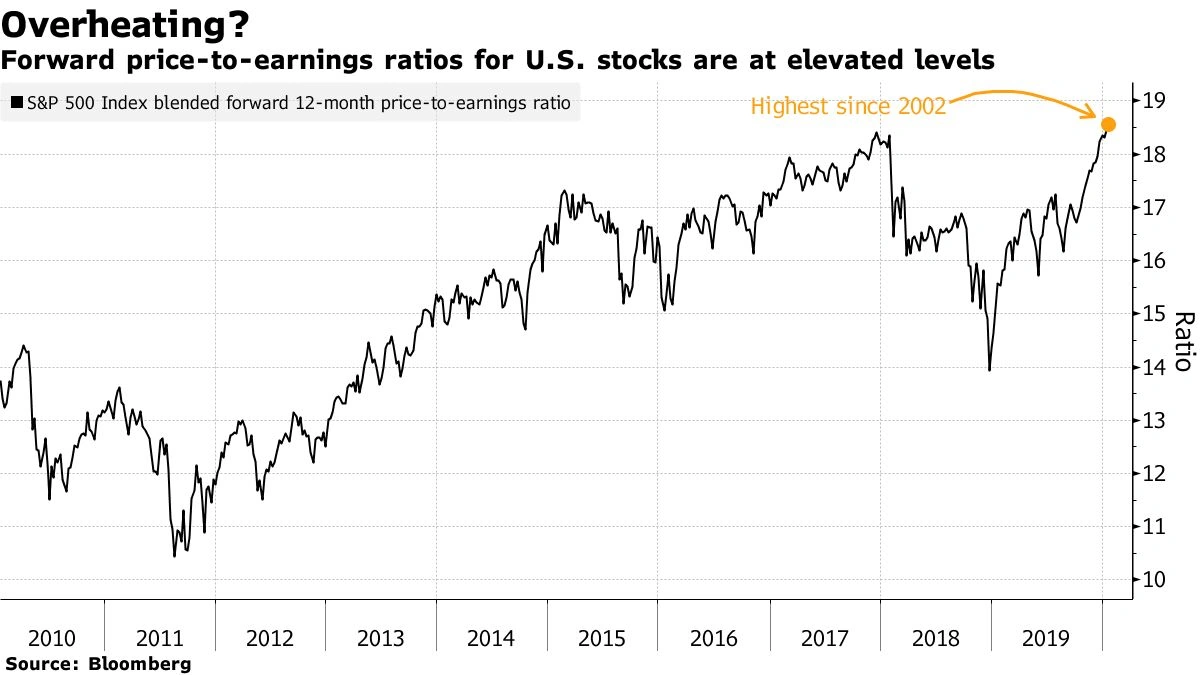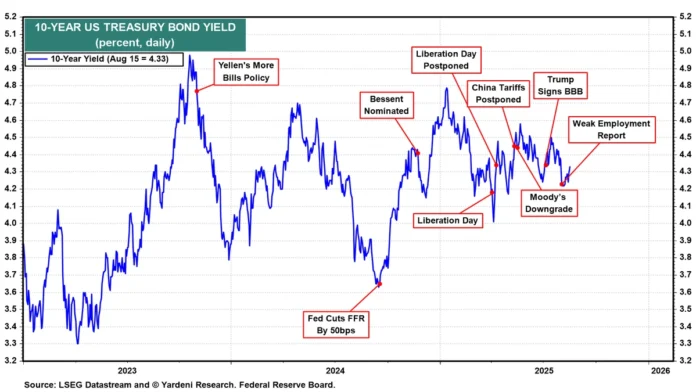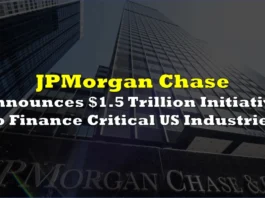Okay, so everyone’s whispering about a potential market melt-up , right? Like we’re about to relive 1999, with dot-com dreams and irrational exuberance all over again. But here’s the thing: before you start maxing out your credit cards on meme stocks, let’s inject a healthy dose of reality. I initially thought this was another doomsaying article, but then I realized the potential and the risks are far more nuanced.
What Is a Market Melt-Up, Anyway?

Simply put, a market melt-up is a rapid and substantial increase in stock prices, often driven more by investor frenzy than by actual improvements in the underlying economy. Think FOMO (Fear Of Missing Out) on steroids. People see prices going up, they jump in, which pushes prices even higher. It’s a self-fulfilling prophecy… until it isn’t. It’s fueled by speculation, and easy money policies – something we’ve seen a lot of lately. But unlike a sustained bull market built on solid earnings and growth, a melt-up is typically short-lived and often precedes a significant correction.
So, what makes this different from a normal bull market? Well, normal bull markets are usually supported by growing company profits, increased economic activity, and a general sense of optimism. A market melt-up , on the other hand, is like a sugar rush – exciting at first, but ultimately unsustainable.
The Ghosts of 1999 | Are We Really There Again?
Ah, 1999. The year everyone thought the internet was going to solve all our problems. Pets.com, anyone? The dot-com bubble was a classic example of a market melt-up . Valuations soared for companies with little to no revenue, fueled by hype and speculation. Sound familiar? As perInvestopedia, the dot com bubble ultimately burst spectacularly, wiping out trillions of dollars in market value. That’s the risk we’re talking about.
Now, are we in the exact same situation? Not quite. There are key differences. For one, many of today’s tech giants actually generate substantial profits. But, and this is a big but, there are pockets of the market – particularly in areas like AI and certain high-growth tech stocks – where valuations seem stretched, to say the least. And easy monetary policy may be contributing to market exuberance. The question, then, isn’t whether we’re in 1999, but whether certain segments of the market are exhibiting similar, unsustainable dynamics. Understanding the potential for a market correction is crucial.
The Indian Context | How Does This Affect You?
Here’s the thing: global market melt-up events rarely leave India untouched. A significant correction in US or European markets can trigger a ripple effect, impacting Indian stock markets and investor sentiment. Foreign Institutional Investors (FIIs) may pull out investments, leading to a decline in the Nifty and Sensex. What fascinates me is how quickly sentiment can shift.
But, it’s not all doom and gloom. A global correction can also present opportunities for savvy Indian investors. A market dip can be a chance to buy fundamentally sound stocks at a discount. The key is to do your research, understand your risk tolerance, and avoid getting caught up in the frenzy. Be wary of speculative bubbles and focus on long-term value. A common mistake I see people make is panicking and selling low. Don’t be that person! Instead, consider a systematic investment plan (SIP) to take advantage of market volatility.
Navigating the Potential Melt-Up | A Practical Guide
So, how do you navigate this potential market melt-up ? Here’s a practical guide, distilled from years of watching markets dance:
- Assess Your Risk Tolerance: Are you a seasoned investor with a high-risk appetite, or are you more conservative? This will determine how much exposure you should have to potentially overvalued assets.
- Diversify, Diversify, Diversify: Don’t put all your eggs in one basket. Spread your investments across different sectors and asset classes. As per the guidelines mentioned on the SEBI website, diversification is key to mitigating risk.
- Focus on Fundamentals: Invest in companies with strong earnings, solid balance sheets, and a proven track record. Avoid chasing hype.
- Stay Informed: Keep a close eye on market news and economic indicators. But don’t get overwhelmed by the noise.
- Consider a SIP: As mentioned earlier, a systematic investment plan can help you ride out market volatility and take advantage of dips.
- Don’t Panic: Easier said than done, I know. But remember that market corrections are a normal part of the investment cycle. Don’t make emotional decisions based on short-term fluctuations.
Remember, market sentiment can change in an instant, but solid investing principles endure.
Alternative Investments and Risk Mitigation
Beyond traditional stocks and bonds, explore alternative investments like gold, real estate, or even peer-to-peer lending. These can act as a hedge against market volatility . Also, consider using stop-loss orders to limit your potential losses. A stop-loss order automatically sells your stock if it falls below a certain price. This can help you protect your capital during a market downturn. Remember that no strategy guarantees profits, and all investments carry risk. Consult with a financial advisor to determine the best course of action for your individual circumstances. It’s crucial to understand risk mitigation strategies .
FAQ
Frequently Asked Questions
What exactly triggers a market melt-up?
A combination of factors, including low interest rates, excessive liquidity, positive economic data (even if superficial), and plain old investor FOMO.
Is a market melt-up always followed by a crash?
Not always a crash, but almost always by a significant correction. The higher the melt-up, the steeper the fall tends to be.
How can I tell if a stock is overvalued?
Look at metrics like the price-to-earnings (P/E) ratio, price-to-book (P/B) ratio, and dividend yield. Compare them to the industry average and historical data.
What if I’m already heavily invested in potentially overvalued stocks?
Consider gradually reducing your exposure. Don’t try to time the market perfectly, but take profits along the way.
Should I try to short the market during a melt-up?
Shorting can be extremely risky, especially during a market melt-up . You could end up losing a lot of money if the market continues to rise. Proceed with extreme caution.
Where can I learn more about safe investment strategies?
Consult a qualified financial advisor and read reputable sources like the SEBI website and financial news publications.
So, there you have it. The potential for a market melt-up is real, but it doesn’t have to be a disaster waiting to happen. By staying informed, focusing on fundamentals, and managing your risk, you can navigate this potentially turbulent period with confidence. And remember, investing is a marathon, not a sprint. Avoid the urge to make irrational decisions based on fear or greed. Patience and discipline are your best allies in the long run. The trick is understanding thatmarket trendscan change, and your reaction to it should be calculated, not impulsive.




